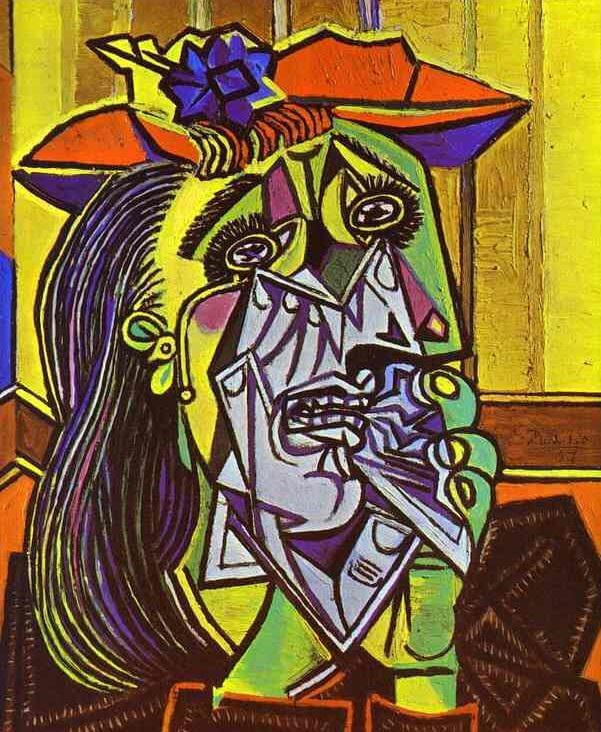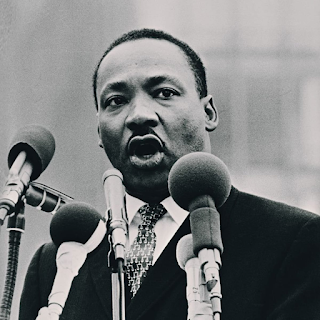Pablo Picasso: Unveiling the Journey of a Revolutionary Artist
Pablo Picasso, a name synonymous with revolutionary art and innovation, left an indelible mark on the world of creativity. His groundbreaking contributions continue to captivate audiences worldwide, redefining artistic norms and pushing the boundaries of imagination. In this blog post, we delve into the life and legacy of the iconic artist, exploring the stages that shaped his remarkable journey.
Early Years and Artistic Beginnings (1881-1900)
Born in Malaga, Spain, in 1881, Picasso's fascination with art manifested early in life, leading to the rapid development of his skills. His enrollment in art schools provided him with exposure to diverse styles and techniques, setting the stage for his later revolutionary work. A move to Barcelona saw his talent gain recognition, catapulting him onto the path of becoming a prodigious young artist.
The Blue and Rose Periods (1901-1906)
The Blue and Rose Periods (1901-1906)
The early 20th century witnessed a transformation in Picasso's art as he explored profound themes. During the Blue Period, he embraced melancholic hues to portray human vulnerability and isolation. Transitioning to the Rose Period, he infused his work with warmer colors and depicted more cheerful subjects. These periods marked Picasso's introspection into deep emotions and human experiences.
Cubism and Avant-Garde Movement (1907-1914)
Cubism and Avant-Garde Movement (1907-1914)
Collaborating with Georges Braque, Picasso pioneered the revolutionary movement of Cubism. This marked a departure from traditional representation, with abstract forms, geometric shapes, and fragmented perspectives redefining the way the world was depicted on canvas. Picasso's exploration of African and Iberian art further enriched his evolving creative vision.
World War I and Interwar Period (1914-1939)
World War I and Interwar Period (1914-1939)
The upheaval caused by World War I left an indelible impact on Picasso's art. Shifting from abstraction, he embraced a neoclassical style that emphasized human form and emotion. Personal relationships, notably his tumultuous liaison with Dora Maar, played a pivotal role in shaping his artistic expression. Picasso's involvement in political themes, including the Spanish Civil War, showcased his commitment to activism through his art.
Guernica and Later Works (1937-1973)
Guernica and Later Works (1937-1973)
 Among Picasso's most powerful creations is "Guernica," a masterpiece that starkly portrays the horrors of war. The painting's visual commentary on suffering and resilience resonated globally. As Picasso ventured into new artistic mediums such as ceramics and sculptures, his style evolved further, embracing vibrant colors and more expressive forms. This phase of his journey was marked by continuous experimentation and evolution.
Among Picasso's most powerful creations is "Guernica," a masterpiece that starkly portrays the horrors of war. The painting's visual commentary on suffering and resilience resonated globally. As Picasso ventured into new artistic mediums such as ceramics and sculptures, his style evolved further, embracing vibrant colors and more expressive forms. This phase of his journey was marked by continuous experimentation and evolution.Legacy and Lasting Impact
Pablo Picasso's legacy stands as a cornerstone of modern art. His influence transcends time, inspiring subsequent artistic movements and generations of creators. By challenging artistic conventions, he steered the trajectory of contemporary art. As we reflect on his life and work, we uncover the intricate layers that continue to resonate with the human experience.
Conclusion:
Conclusion:
The life of Pablo Picasso is a tapestry woven with creativity, resilience, and an unyielding desire to push boundaries. His journey from a young prodigy to an artistic revolutionary serves as an inspiration for artists, thinkers, and dreamers. Picasso's legacy is a testament to the power of art to transcend time, leaving an indelible mark on the canvas of history.



Comments
Post a Comment